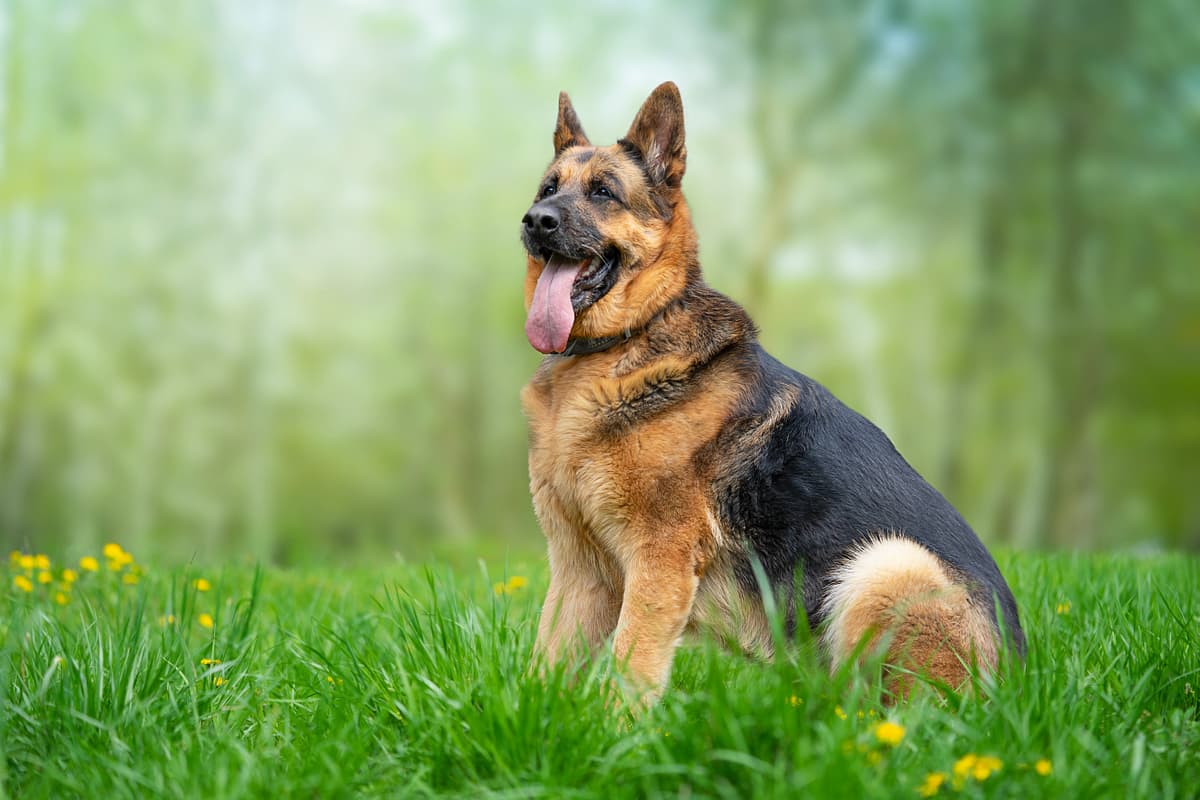Lancashire Heeler vs German Shepherd
Discover the differences between Lancashire Heeler and German Shepherd to make the best choice for your situation.
Try different breeds

Lancashire Heeler
Compact, lively, and clever, this breed thrives on companionship and enjoys interactive play. Always alert and cheerful, it adapts well to both active families and quieter homes.

German Shepherd
Confident, loyal, and highly intelligent, this breed thrives as both a devoted family companion and a reliable working partner. Always alert and eager to learn, it adapts to many roles with ease.
Quick comparison
Small
6–7.5 kg
Short, weather-resistant
12–15 years
5–6.5 kg
Moderately active
Large
30–40 kg
Double coat, dense undercoat
9–13 years
22–32 kg
High energy
Personality & behavior
Compare the personality traits and behavioral characteristics of both breeds.
Lancashire Heeler
Warm with family, reserved with strangers
Quick learner, responds well to training
Lively and active throughout the day
Enjoys games and interactive playtime
Adjusts well to different living environments
German Shepherd
Warm with family, reserved with strangers
Quick learner, highly trainable and alert
Needs regular activity and vigorous exercise
Enjoys games, interactive and engaging
Adjusts well to new situations and environments
Care needs
Exercise, grooming, and daily care requirements
Lancashire Heeler
Collie eye anomaly, patellar luxation
German Shepherd
Hip dysplasia, elbow dysplasia
Suitability
How well each breed fits different living situations and families
Lancashire Heeler
Good option
Adaptable and intelligent, but requires early training and socialization
Suitable with exercise
Small size suits apartments, but needs regular walks and stimulation
Very suitable
Enjoys active play and can keep up with busy lifestyles
Supervised only
Can be nippy if not socialized, so supervision with young children is needed
Generally compatible
Can get along with other pets if properly introduced and socialized
Not recommended
Dislikes being left alone and may develop separation anxiety or destructive habits
German Shepherd
Challenging for beginners
Needs experienced, consistent training and socialization
Not ideal
Needs space and frequent exercise to prevent boredom
Perfect fit
Thrives with active owners who can provide daily physical and mental challenges
Highly suitable
Loyal and protective, can be gentle and patient with proper socialization
Usually compatible
Can get along with other pets if raised together and well socialized
Prone to anxiety
Dislikes being left alone for long periods and may develop behavioral issues
Breed strengths
What each breed excels at and their best qualities
Lancashire Heeler
- Intelligent and quick to learn tasks
- Strong herding and alert instincts
- Loyal and forms close family bonds
- Adaptable to various living environments
- Generally robust and healthy breed
German Shepherd
- Highly intelligent and quick to learn tasks
- Strong loyalty to family members
- Excellent working and service dog abilities
- Protective instincts make them good guardians
- Adaptable to various training activities
Challenges & considerations
Potential challenges and considerations for each breed
Lancashire Heeler
- Prone to chasing small animals outdoors
- Needs consistent early socialization
- Can become vocal or bark excessively
- May show stubbornness during training
- Requires regular mental and physical activity
German Shepherd
- Prone to hip and elbow dysplasia
- High exercise needs require daily activity
- Can develop separation anxiety if left alone
- May be wary of strangers without socialization
- Heavy seasonal shedding requires frequent grooming
Ready to choose your perfect breed?
Learn more about each breed or compare other breeds to find the perfect match for your lifestyle.
Discover more helpful tools
Make use of our other free tools to get the most out of your pet experience
